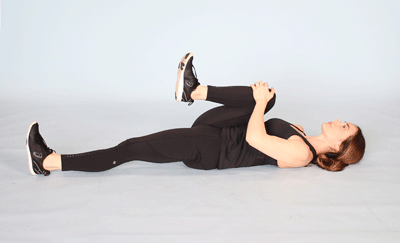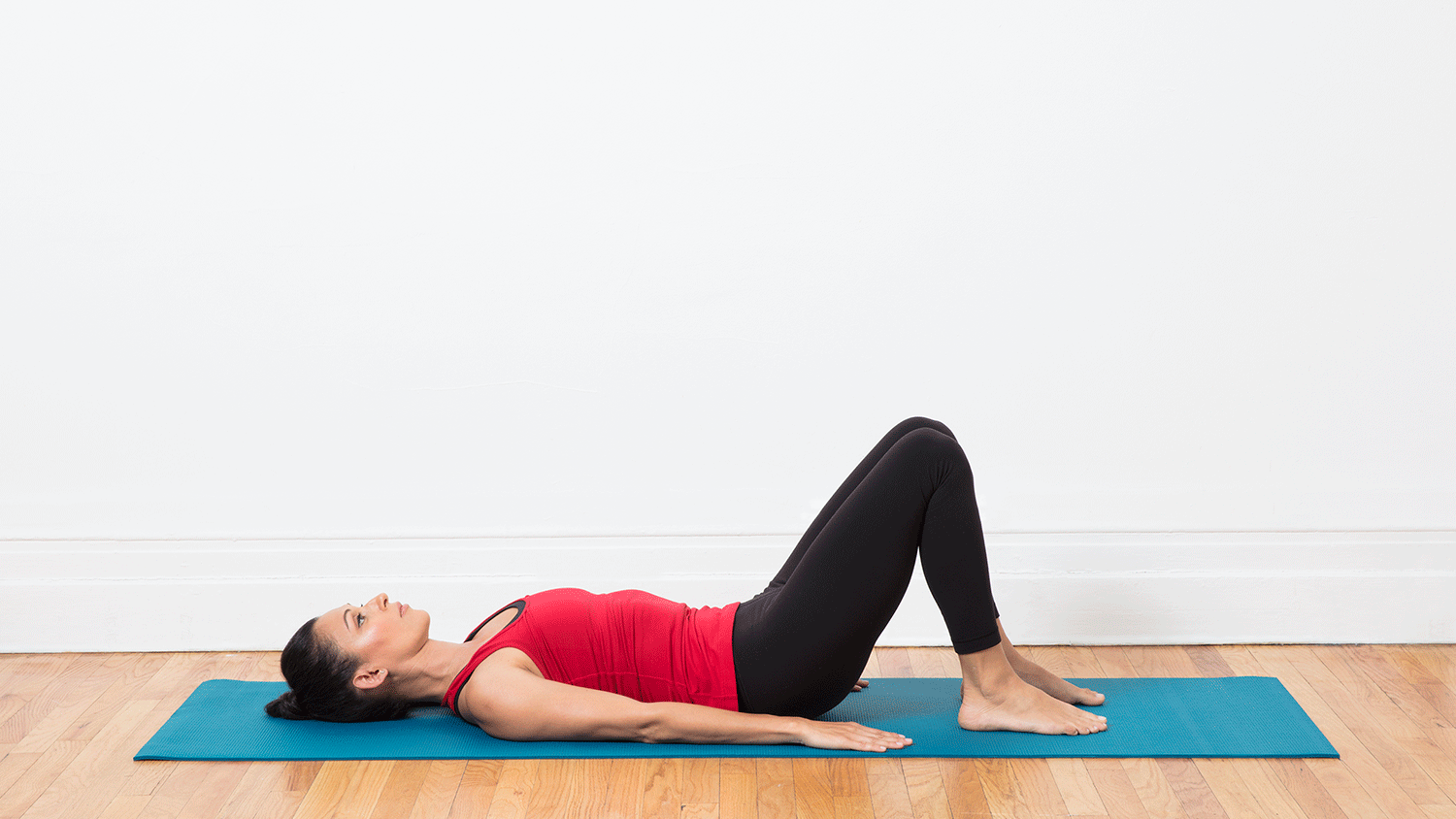Definition/Description
Spinal stenosis is a narrowing of the spaces within your spine, which can put pressure on the nerves that travel through the spine. Spinal stenosis occurs most often in the lower back and the neck. Some people with spinal stenosis may not have symptoms. Others may experience pain, tingling, numbness and muscle weakness. Symptoms can worsen over time. Spinal stenosis is most commonly caused by wear-and-tear changes in the spine related to osteoarthritis. In severe cases of spinal stenosis, doctors may recommend surgery to create additional space for the spinal cord or nerves.

Symptoms
- Numbness or tingling in a foot or leg<
- Weakness in a foot or leg
- Pain or cramping in one or both legs when you stand for long periods of time or when you walk, which usually eases when you bend forward or sit
- Back pain
Causes
The backbone (spine) runs from your neck to your lower back. The bones of your spine form a spinal canal, which protects your spinal cord (nerves). Some people are born with a small spinal canal. But most spinal stenosis occurs when something happens to narrow the open space within the spine. Causes of spinal stenosis may include:
Overgrowth of bone. Wear and tear damage from osteoarthritis
on your spinal bones can prompt the
formation of bone spurs, which can grow into the spinal canal
Herniated disks. The soft cushions that act as shock absorbers between your
vertebrae tend to dry out with age. Cracks in a disk's exterior may allow some
of the soft inner material to
escape and press on the spinal cord or nerves.
Spinal injuries. Car accidents and other trauma can cause
dislocations or fractures of one or more vertebrae.

Treatment
Treatment for spinal stenosis depends on the location of
the stenosis and the severity of your signs and symptoms.
Talk to your doctor about the treatment that's best for your situation. If your
symptoms are mild or you aren't experiencing any, your doctor may monitor your
condition with regular follow-up appointments. He or she may offer some self-care
tips that you can do at home. If these don't help, he or she may recommend medications or physical therapy.
Surgery may be an option if other treatments haven't helped.
Exercise Program for Spinal Stenosis
Before starting this, or any other, exercise program, check with your doctor to be sure that exercise is safe for your specific condition.
Knee to Chest
Purpose: To reduce pressure on the nerves in your low back and relieve back pain
How to perform a knee to chest stretch:
- Lie on your back.
- Bring your knee toward your chest.
- Using your hands, gently pull your leg in until you feel a comfortable stretch.
- Hold for 10 seconds, then place your leg to the floor.
- Repeat with the other leg and hold for 10 seconds.
- Repeat on each leg 3 to 5 times.
- Hold both legs together in the stretched positions for 10 seconds.
- Repeat with both legs 3 to 5 times.

Lower Trunk Rotation
Purpose: To increase your spine’s mobility and flexibility.
How to perform a lower trunk rotation:
- Lie on your back in the hook lying position (with your knees bent and feet flat on the floor)
- While contracting your abdominal muscles, rotate your knees to one side.
- Hold for 3 to 5 seconds. (You will feel a gentle stretching in your lower back and hips.)
- Contracting your abdominal muscles, rotate your knees to the other side.
- Hold for 3 to 5 seconds.
- Repeat up to 10 times on both sides.

Pelvic Tilt
Purpose: To strengthen your lower abdominal muscles and stretch your low back.
How to perform a pelvic tilt:
- Lie on your back with your feet flat on the floor.
- As you exhale, contract your abdominal muscles while you push your belly button toward the floor and flatten your low back.
- Using your hands, gently pull your leg in until you feel a comfortable stretch.
- Hold the position for 5 seconds.
- Repeat 10 times, holding the position for 5 seconds each time.
